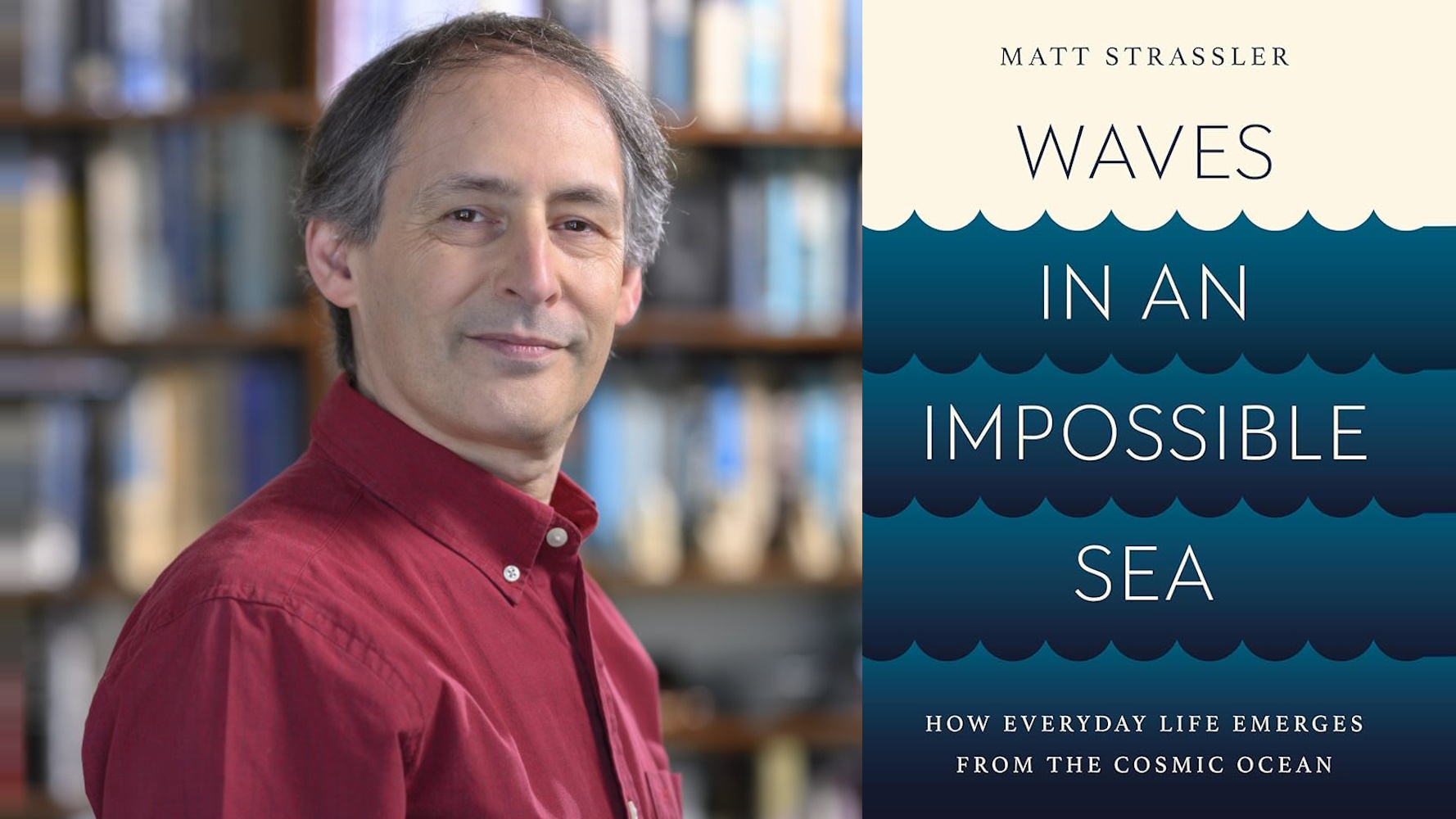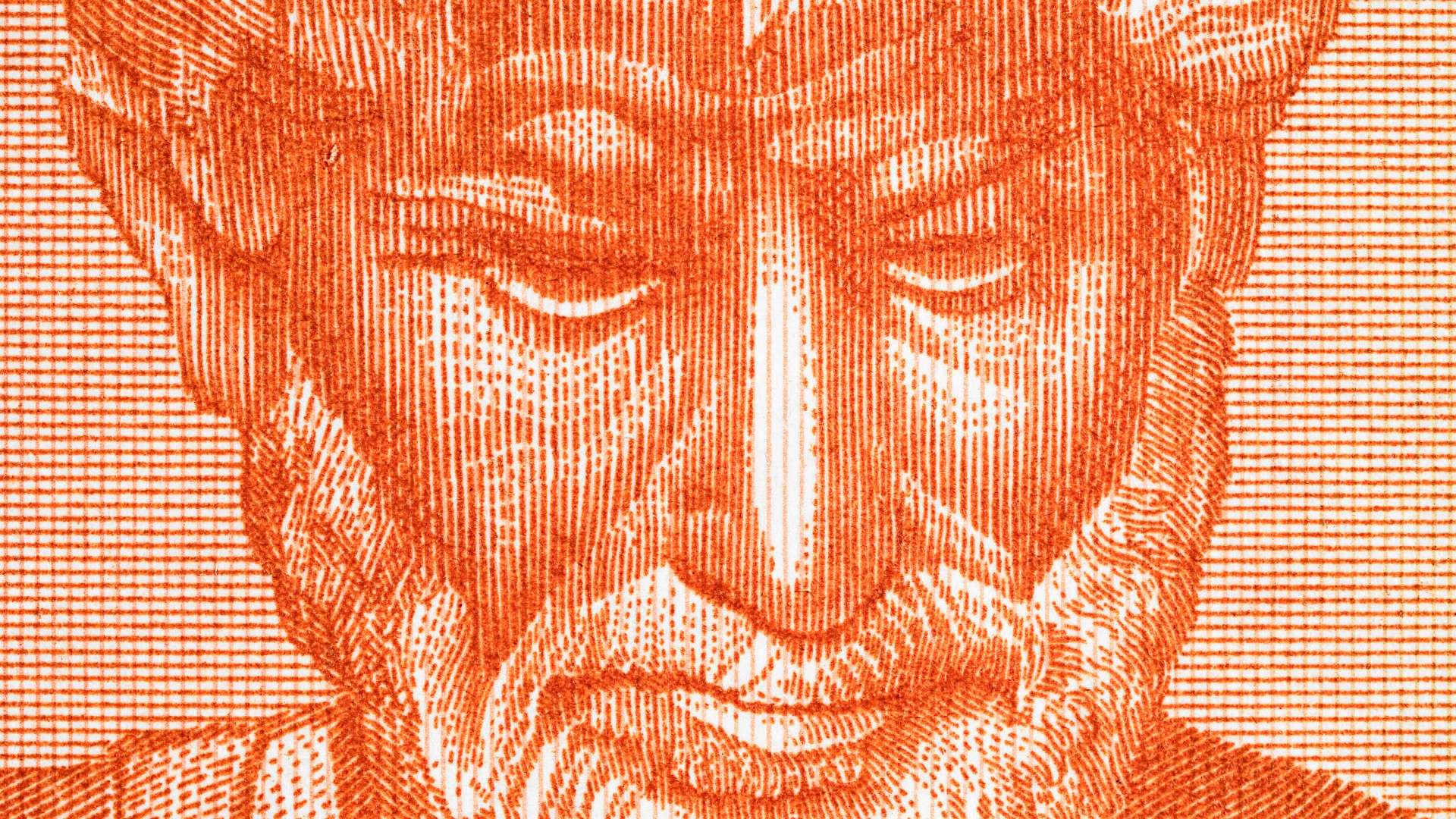The neuroscientist gives a short primer on the brain’s emotional processor.
Question: What do we know about the amygdala?
Joseph LeDoux: Well the amygdala is a small region of the brain. It’s in what’s called the temporal lobe of the brain. If we divide the cerebral hemispheres of the four major lobes, occipital, temporal, parietal, frontal, it’s in the temporal lobe which is under the temporal bone, which is behind your ear.
And the amygdala would be located at a point where a line that goes through your eye and through your ear intersect in your brain. So imagine like someone has shot an arrow through your eye and another one through your ear, where those two come together would be roughly where it is. And on both sides of the brain, of course, because most structures, in fact, all structures are bilateral in that sense.
So its sometimes referred to as an almond or an almond-shaped structure, which is a bit of a misnomer because there’s one part of it that’s almond shaped and that caught the attention of early anatomists, and so they named this almond shaped structure the amygdala, but as the amygdala began to be defined more broadly, in includes a lot of structures other than that little almond-shaped piece.
It’s most commonly associated with fear, although that’s not its only function, it’s its most heavily studied function. And the reason for that is that it’s much easier to study fear than other emotions. Things that are bad have more weight than things that are good in a sense. You can put off eating, drinking, sex, whatever for an indefinite amount of time, but you have to respond to danger immediately. You know, you don’t find great novels about happy subjects, it’s always about the bad stuff and it’s sometimes said that there’s this negative bias in emotion, which his that most research on emotion is about the negative stuff. But the fact is that negative stuff turns out to be the most important for survival, in a sense, in terms of immediacy in having to respond to that.
Question: To what other structures is the amygdala connected?
Joseph LeDoux: So some of the key interconnections of the amygdala—and these connections actually define what it does in a sense, at least with respect to fear—the amygdala gets sensory information directly from the various sensory systems that process the external world. So the visual system, the auditory system, olfactory, touch, pain, and so forth. All of these kind of come together, or converge, in the amygdala. And then the amygdala on the output side with all the systems involved in the emotional reactivity. So, when you encounter sudden danger, you might freeze, your blood pressure and heart rate begin to rise, stress hormones are released, all of these things happen as a result of outputs of the amygdala.
So the amygdala you can think of as this circle with one input coming in being the... or the input coming in being a sensory, flow of sensory information from the external world, then outputs being connections to systems involved in controlling the responses. But we have to expand those inputs, so it’s not just getting one sensory input, but all sensory inputs. So each sensory system is coming in. And it doesn’t stop there because in addition to getting information from sensory systems, it also gets information from higher-order systems, like the prefrontal cortex and higher-order association areas involved in various kinds of integrative activities in the cortex.
Question: What role does the amygdala play in learning adaptive behaviors?
Joseph LeDoux: What it does is a function of what connections it has. So because it has connections with all of these sensory systems, it can take in information from the environment of a variety of types, and use that information. And so if, you know, if a sound in the external world occurs right before something painful happens, you associate that sound with the painful event and then that sound will then later trigger a protective defense response. But if the sound occurs just before food, when you’re hungry, then the sound will be associated with that kind of a positive or a repetitive event.
And so, what the amygdala is doing is forming associations between random or neutral external stimuli and the kinds of reinforcing events that will stamp in those experiences in a stronger way. So its creating these what’s called Pavlovian associations; you know, stimulus one plus stimulus two, if one of those is a biologically significant stimulus, then the other one will require some kind of biological significance itself whether it’s positive or negative.
Now that information can then be used and this is sort of what I think you referred to in terms of adaptive behavior. So that CS/US relationship or say, sound/food relationship can then be used to guide instrumental behavior, which is goal-directed behavior. So if in the past you obtained food at a certain location, the stimuli that are proximal to that location serve as conditions stimuli and you know, are reinforcing to you because they’re close to the actual goal and they take you towards the goal. The same thing happens with reversive stimuli, it’s just that it works in the opposite way.
Recorded on September 16, 2010
Interviewed by Max Miller





